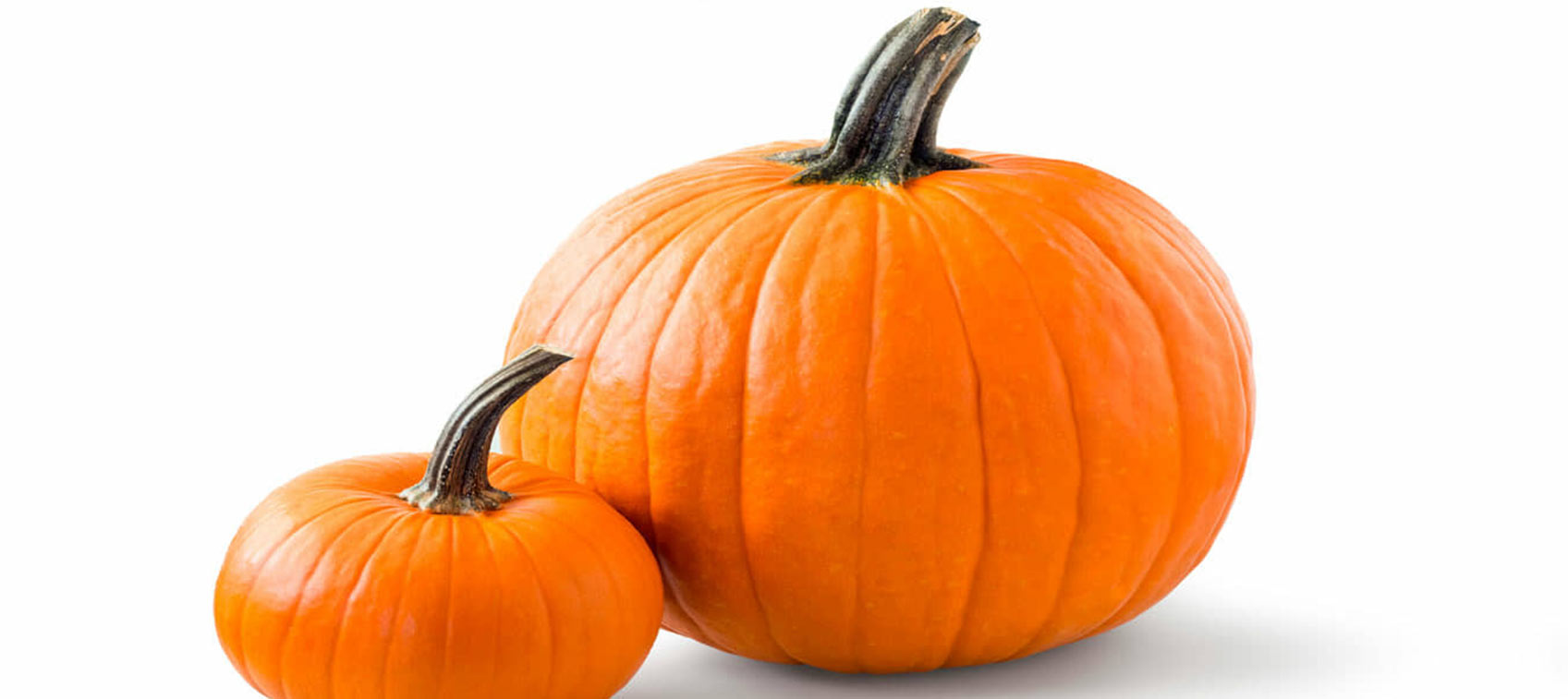
“Halloween” or “All Hallow’s Eve” dates back 2,000 years to the most significant Celtic holiday: the night before the new year (November 1 on their calendar), when the dead returned to mingle with the living. Scary faces were sculpted into turnips and gourds and lit with burning embers to ward off evil spirits. Today’s jack-o'-lanterns are but one vestige of that pagan celebration.
However, pumpkins have other uses besides keeping evil spirits away and frightening trick-or-treaters. These gourds have been used as a food for at least 14,000 years, and the seeds have a host of medicinal benefits. The indigenous peoples of North America and Mexico used pumpkin seeds as a diuretic and a treatment for intestinal parasites. A handful of scientific studies back the ability of pumpkin seeds to eliminate roundworms and tapeworms.
These seeds are a great source of zinc, magnesium, and vitamin E and are among the few foods that actually increase in nutritional value as they age. In addition to improving prostate conditions such as benign prostatic hyperplasia (BPH), pumpkin seeds are also approved by Commission E (a governing medical body in Germany) for the treatment of urinary problems such as irritable bladder. The seeds have been touted as having anti-inflammatory and bone-strengthening effects as well. Some herbalists even recommend pumpkin seeds for treating Parkinson’s disease and dizzy spells.
The suggested dosage ranges from 10–20 g of whole or coarsely ground seeds once or twice a day. You can find pumpkin seeds in your grocery store or you can prepare your own. Here’s how:
- Scoop seeds from the inside of a pumpkin, rinse well, and remove pulp. (Soaking seeds in water for an hour or two may make this step easier.)
- Spread them evenly on a paper bag or wax paper and dry for several hours or overnight.
- Preheat oven to 300 degrees.
- Place pumpkin seeds on an ungreased cookie sheet and lightly sprinkle with your favorite seasonings. (I like a little seasoned salt and pepper.)
- Bake for about 20 minutes or until golden brown. To avoid burning, stir or shake gently every 10 minutes during baking.
Pumpkin seeds can be eaten as a snack or added to salads, sautéed vegetables, or even be ground and added to burgers for a little variety.


